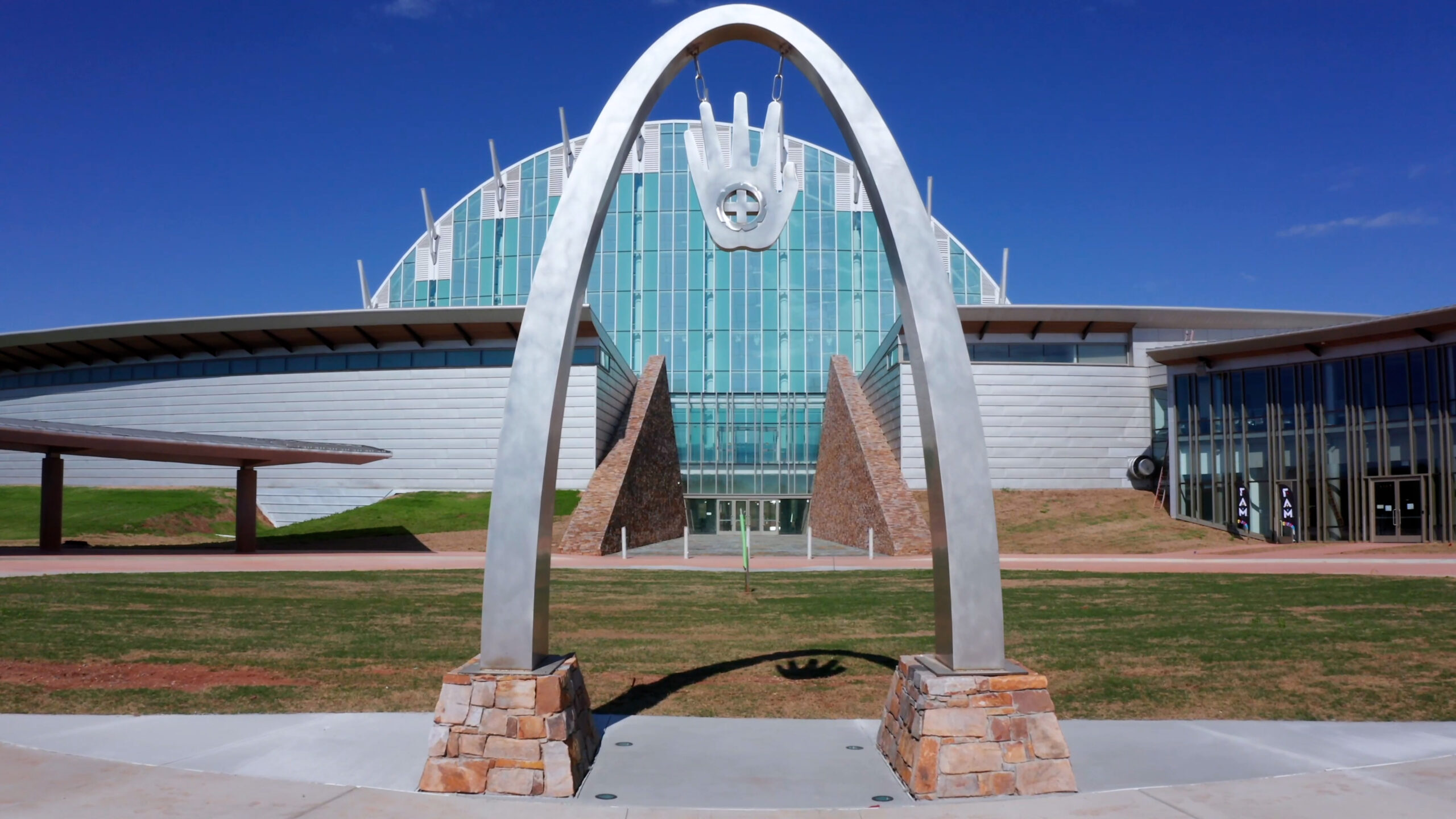How May Ative Americas I Oklahoa, Oklahoma is renowned for its rich Native American history and culture, being home to a significant population of Indigenous peoples. The state’s landscape is deeply intertwined with the stories, traditions, and histories of its Native American tribes.
Historical Context
Oklahoma’s role as a central hub for Native Americans dates back to the early 19th century when it became known as Indian Territory. Following the Indian Removal Act of 1830, many tribes were forcibly relocated to this area from their ancestral lands. This resulted in a diverse mix of tribes, including the Cherokee, Chickasaw, Choctaw, Creek (Muscogee), and Seminole, among others. Today, these tribes play a vital role in the cultural and social fabric of Oklahoma.
Current Population
According to the U.S. Census Bureau, as of 2020, approximately 7.1% of Oklahoma’s population identified as Native American. This percentage translates to around 300,000 individuals. Oklahoma has the second-largest Native American population in the United States, surpassed only by California. The state’s Native American population comprises various tribes, each contributing to the cultural diversity of the region.
Tribes in Oklahoma
Oklahoma is home to 39 federally recognized tribes, each with its own unique identity, language, and customs. Some of the largest tribes by population include:
- Cherokee Nation: The largest tribe in Oklahoma, with over 400,000 enrolled members.
- Chickasaw Nation: One of the wealthiest tribes in the U.S., with more than 60,000 enrolled members.
- Choctaw Nation: The third-largest tribe, with around 200,000 enrolled members.
- Muscogee (Creek) Nation: With over 85,000 members, it is a prominent tribe in the state.
Cultural Impact
Native American tribes in Oklahoma are not only significant in numbers but also in their contributions to the state’s culture, economy, and community life. Many tribes operate successful businesses, including casinos, which play a vital role in local economies. Cultural festivals, powwows, and educational programs showcase Native American heritage and help preserve traditions for future generations.
Conclusion
Oklahoma’s Native American population is a testament to the resilience and enduring presence of Indigenous peoples in the region. With a rich history and a vibrant cultural landscape, the state continues to celebrate and honor its Native American heritage. Understanding the demographics and contributions of Native Americans in Oklahoma is essential for appreciating the state’s diverse identity.
You Might Also Like These:
 RESEARCH CHEMICALS
RESEARCH CHEMICALS
